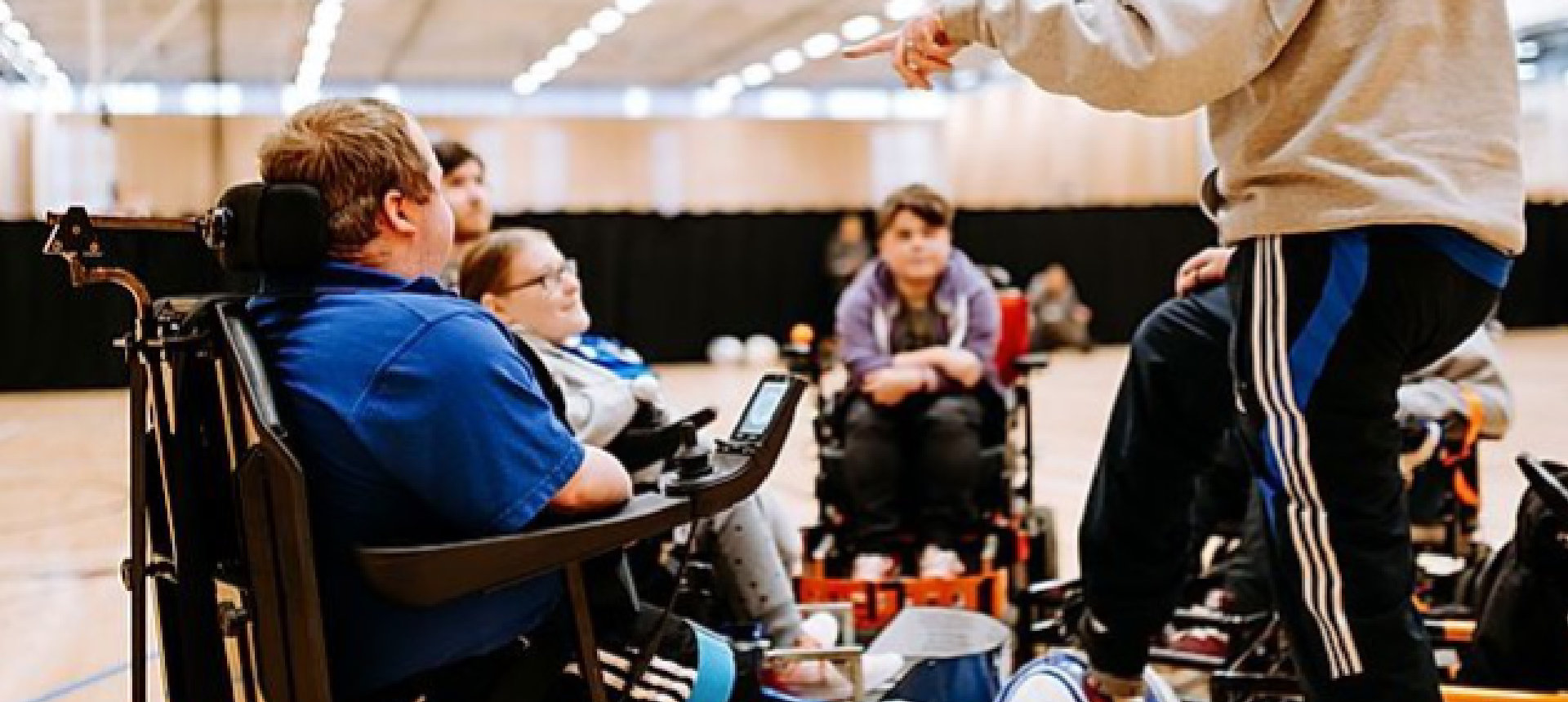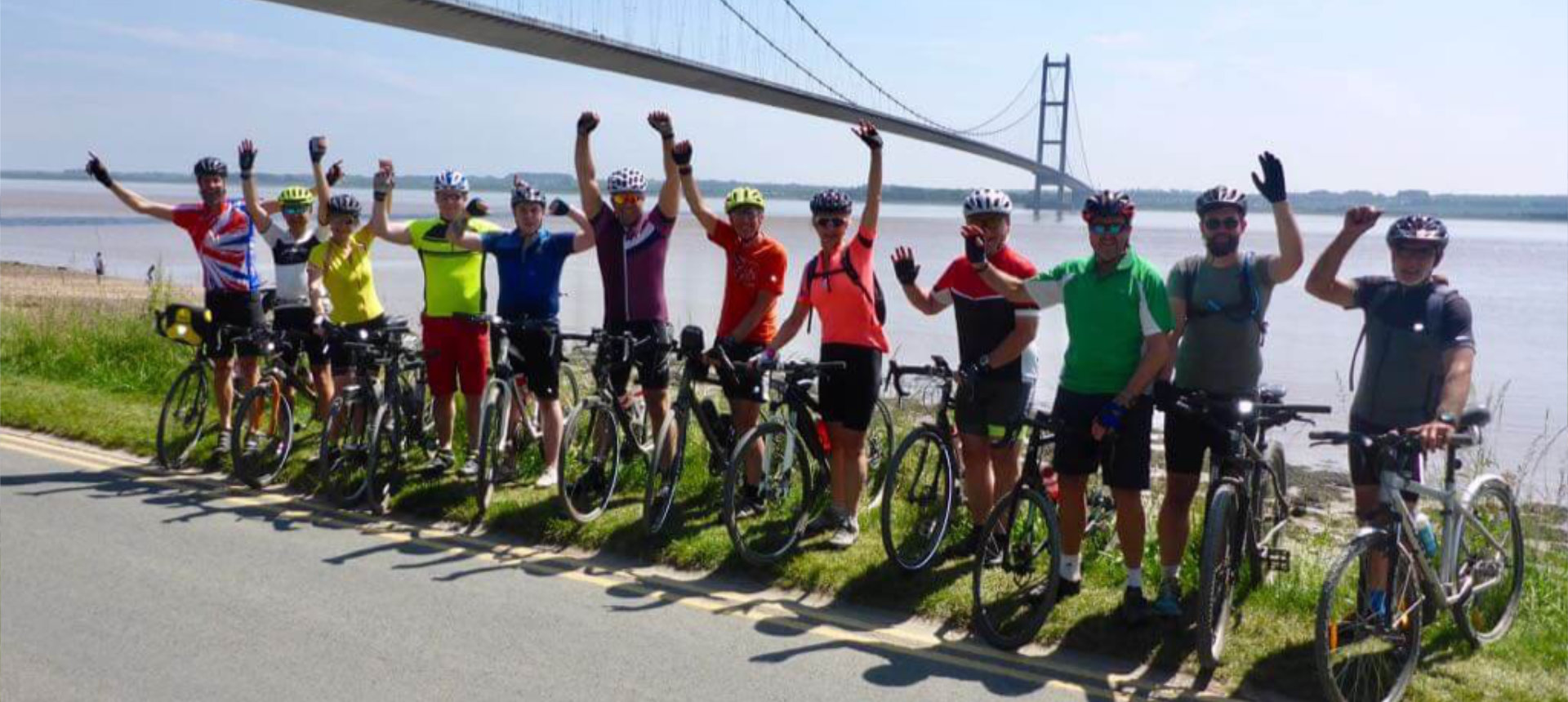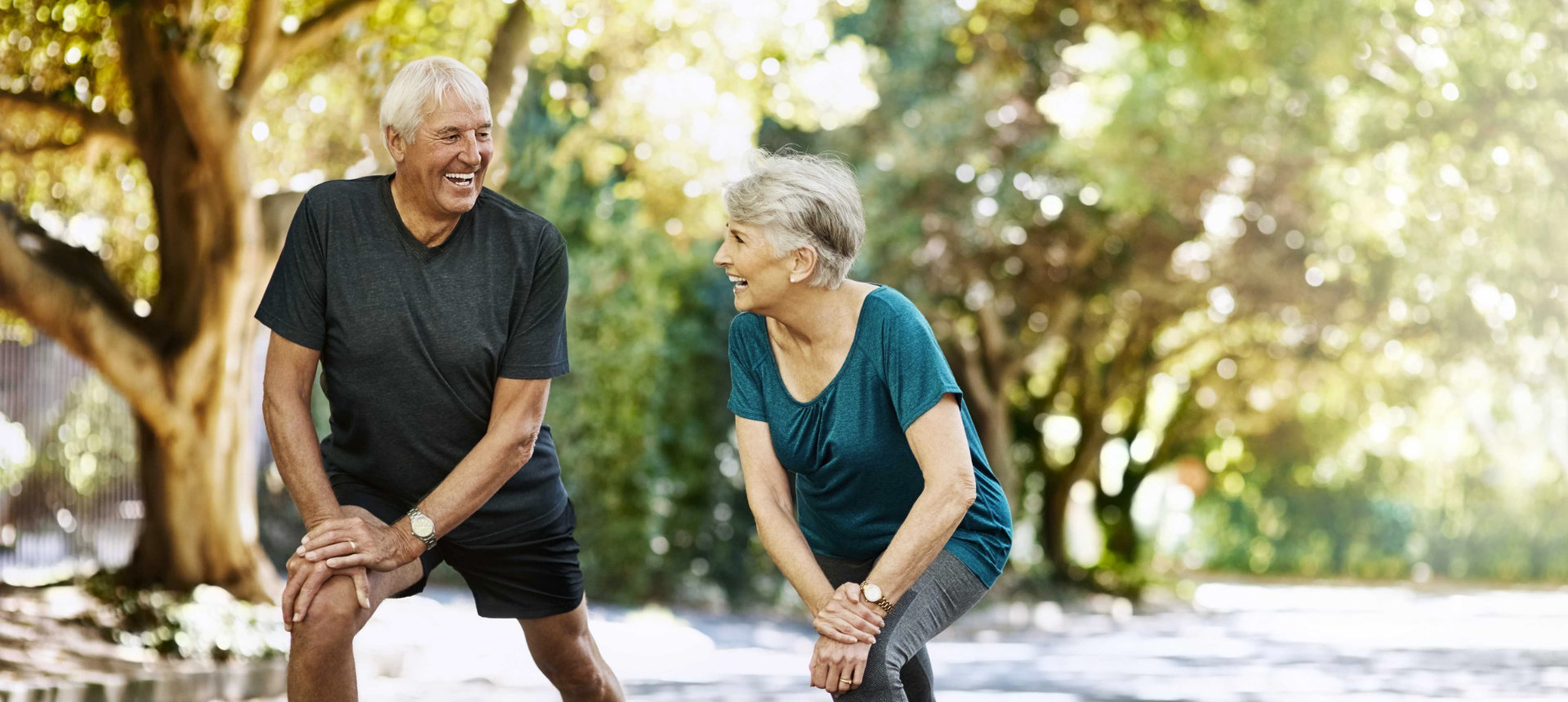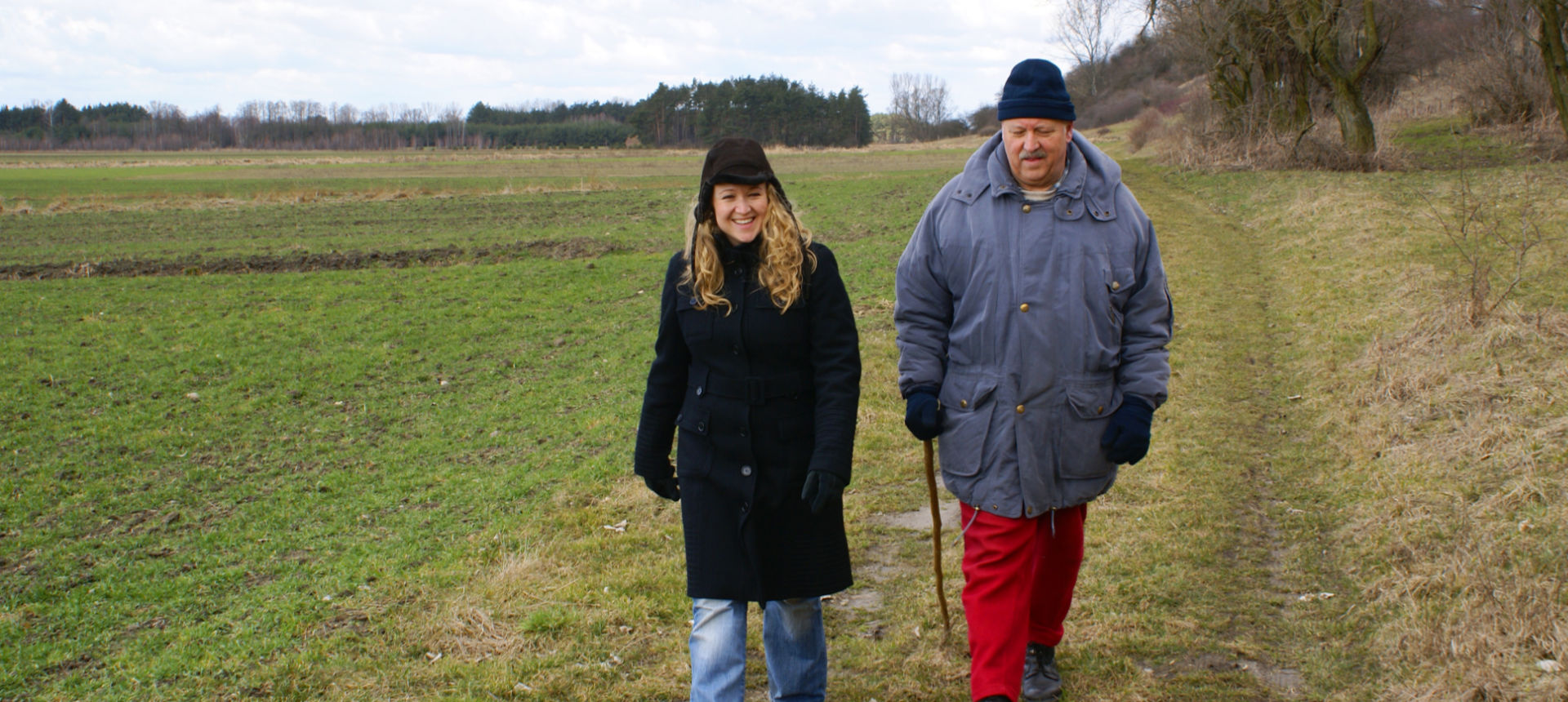Why do we need to do this?
Inactivity is a stubborn long standing problem, which without intervention is not going to go away. We cannot afford to be complacent or the situation could get worse.
Opportunities to be active in everyday life are often engineered out of our lives and older residents in Hull can spend longer in ill health compared to other parts of the country.
- Physical activity rates in Hull are lower than the national average.
- Levels of poor health, life limiting illnesses and obesity are quite high compared to other places.
- It is estimated that physical inactivity costs Hull £35m a year and is responsible for 17% of deaths, which equates to more than 400 deaths per year in Hull.
- Research shows that physical activity can boost self-esteem, mood, sleep quality and energy, as well as reducing your risk of stress, depression, dementia and Alzheimer's disease.
- Getting more active, more often leads to a wide range of health and wellbeing benefits, and is a really effective way to make people healthier to feel good.
This is a call for action
Underpinning our Place Expansion work in Hull is our 10-Year Strategy, Towards an Active Hull. This strategy which covers the period 2018 to 2028 is Hulls' Physical Activity Strategy and forms the foundation for our Place Expansion work. The four pillars in the Towards an Active Hull strategy run through our Development work.















